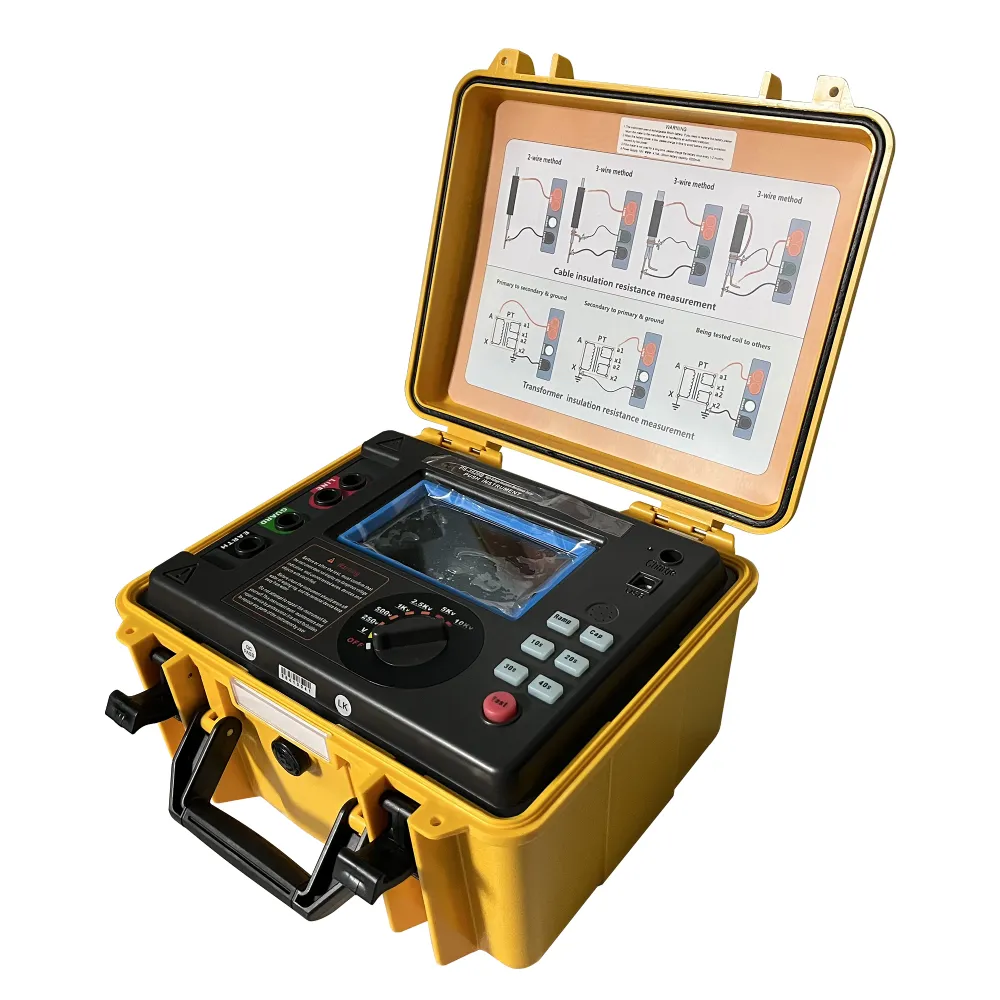 English
English



-
 Afrikaans
Afrikaans -
 Albanian
Albanian -
 Amharic
Amharic -
 Arabic
Arabic -
 Armenian
Armenian -
 Azerbaijani
Azerbaijani -
 Basque
Basque -
 Belarusian
Belarusian -
 Bengali
Bengali -
 Bosnian
Bosnian -
 Bulgarian
Bulgarian -
 Catalan
Catalan -
 Cebuano
Cebuano -
 China
China -
 China (Taiwan)
China (Taiwan) -
 Corsican
Corsican -
 Croatian
Croatian -
 Czech
Czech -
 Danish
Danish -
 Dutch
Dutch -
 English
English -
 Esperanto
Esperanto -
 Estonian
Estonian -
 Finnish
Finnish -
 French
French -
 Frisian
Frisian -
 Galician
Galician -
 Georgian
Georgian -
 German
German -
 Greek
Greek -
 Gujarati
Gujarati -
 Haitian Creole
Haitian Creole -
 hausa
hausa -
 hawaiian
hawaiian -
 Hebrew
Hebrew -
 Hindi
Hindi -
 Miao
Miao -
 Hungarian
Hungarian -
 Icelandic
Icelandic -
 igbo
igbo -
 Indonesian
Indonesian -
 irish
irish -
 Italian
Italian -
 Japanese
Japanese -
 Javanese
Javanese -
 Kannada
Kannada -
 kazakh
kazakh -
 Khmer
Khmer -
 Rwandese
Rwandese -
 Korean
Korean -
 Kurdish
Kurdish -
 Kyrgyz
Kyrgyz -
 Lao
Lao -
 Latin
Latin -
 Latvian
Latvian -
 Lithuanian
Lithuanian -
 Luxembourgish
Luxembourgish -
 Macedonian
Macedonian -
 Malgashi
Malgashi -
 Malay
Malay -
 Malayalam
Malayalam -
 Maltese
Maltese -
 Maori
Maori -
 Marathi
Marathi -
 Mongolian
Mongolian -
 Myanmar
Myanmar -
 Nepali
Nepali -
 Norwegian
Norwegian -
 Norwegian
Norwegian -
 Occitan
Occitan -
 Pashto
Pashto -
 Persian
Persian -
 Polish
Polish -
 Portuguese
Portuguese -
 Punjabi
Punjabi -
 Romanian
Romanian -
 Russian
Russian -
 Samoan
Samoan -
 Scottish Gaelic
Scottish Gaelic -
 Serbian
Serbian -
 Sesotho
Sesotho -
 Shona
Shona -
 Sindhi
Sindhi -
 Sinhala
Sinhala -
 Slovak
Slovak -
 Slovenian
Slovenian -
 Somali
Somali -
 Spanish
Spanish -
 Sundanese
Sundanese -
 Swahili
Swahili -
 Swedish
Swedish -
 Tagalog
Tagalog -
 Tajik
Tajik -
 Tamil
Tamil -
 Tatar
Tatar -
 Telugu
Telugu -
 Thai
Thai -
 Turkish
Turkish -
 Turkmen
Turkmen -
 Ukrainian
Ukrainian -
 Urdu
Urdu -
 Uighur
Uighur -
 Uzbek
Uzbek -
 Vietnamese
Vietnamese -
 Welsh
Welsh -
 Bantu
Bantu -
 Yiddish
Yiddish -
 Yoruba
Yoruba -
 Zulu
Zulu
Transformer Tank Pressure Testing Procedures and Best Practices for Safety and Efficiency
Transformer Tank Pressure Test An Essential Maintenance Practice
Transformers play a crucial role in the electrical power distribution system by stepping up or stepping down voltage levels for efficient power transmission. One critical aspect of transformer maintenance is the tank pressure test, a procedure that ensures the integrity and reliability of the transformer's design and function.
Understanding Transformer Tank Pressure
Transformers are typically housed within a steel tank filled with insulating oil, which not only serves as a coolant but also provides electrical insulation. The tank must withstand various internal pressures generated by thermal expansion of the oil and the gases produced during normal operation, as well as potential faults within the system.
The gas-to-oil ratio and the pressure within the tank must remain within certain limits to ensure safe operation. An increase in internal pressure can indicate potential problems, such as overheating or fault conditions, which could lead to catastrophic failures if not addressed.
Importance of Tank Pressure Testing
The tank pressure test is designed to evaluate the transformer's structural integrity under controlled conditions. This test is crucial for several reasons
1. Safety Assurance Transformer failures can result in fires, explosions, and significant economic losses. Regular pressure testing helps identify potential weaknesses in the tank structure before they lead to failure.
2. Preventive Maintenance By conducting periodic pressure tests, maintenance teams can foresee issues that may arise during the operational life of the transformer and take corrective actions, thereby extending its lifespan and reliability.
3. Regulatory Compliance Many regions have strict regulations regarding the maintenance and testing of transformers. Adhering to these regulations through regular pressure testing not only ensures compliance but also contributes to overall system reliability.
transformer tank pressure test

4. Cost-Effectiveness Addressing minor issues identified during pressure tests can prevent costly repairs or replacements down the line. Regular testing and maintenance can be much more economical than emergency interventions following a catastrophic failure.
Conducting a Tank Pressure Test
The process of conducting a tank pressure test involves several steps
1. Preparation Prior to the test, all necessary safety precautions should be implemented. This includes isolating the transformer from the electrical grid and ensuring that personnel are well-trained in handling potentially hazardous conditions.
2. Pressurization Once the transformer is isolated, the tank is pressurized using a controlled pump. The pressure is gradually increased to the specified test level, which is typically higher than normal operating pressure.
3. Monitoring During the pressurization phase, the tank is closely monitored for any signs of leaks, deformation, or structural weakness. Pressure gauges and visual inspections play a crucial role in this monitoring phase.
4. Assessment and Reporting After conducting the test, the data collected is analyzed, and a report is prepared outlining the findings. If any anomalies are detected, corrective actions are recommended, including repairs or further inspections.
5. Documentation Maintaining a record of pressure test results is essential for future reference and planning of maintenance activities. This documentation can also serve as proof of compliance with industry standards and regulations.
Conclusion
The transformer tank pressure test is a vital component of a comprehensive maintenance strategy. By ensuring that transformers can withstand operating pressures without risk of failure, utilities can safeguard their infrastructure, enhance operational efficiency, and provide reliable power delivery. Regular testing, combined with prompt corrective actions, contributes to the long-term success of transformer systems and prevents unexpected outages, ultimately benefiting both service providers and consumers alike.
-
Testing Equipment Industry Sees Major Advancements in 2025: Smart & Precision Technologies Lead the WayNewsJun.06,2025
-
Applications of Direct Current Generators in Renewable Energy SystemsNewsJun.05,2025
-
Hipot Tester Calibration and Accuracy GuidelinesNewsJun.05,2025
-
Digital Circuit Breaker Analyzer Features and BenefitsNewsJun.05,2025
-
Benefits of Real-Time Power Quality Monitoring Devices for Industrial EfficiencyNewsJun.05,2025
-
Earth Fault Loop Testing in High-Rise Building Electrical SystemsNewsJun.05,2025



